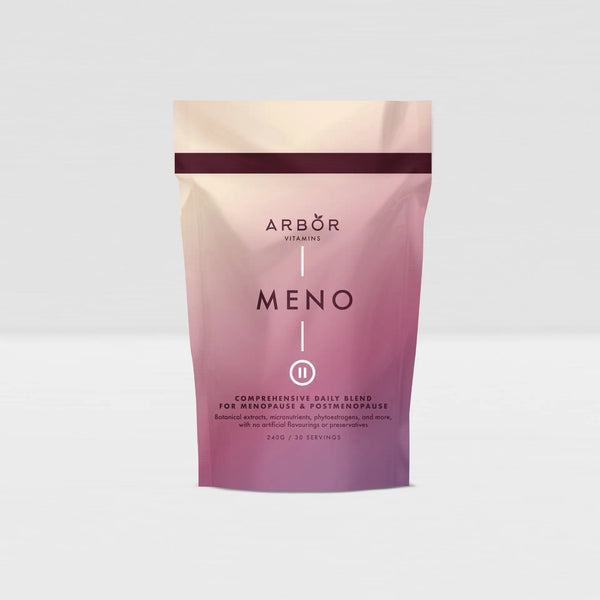Glyphosate and Its Impacts on Oats
Glyphosate and Its Impacts on Oats, a widely used herbicide, has garnered significant attention due to its potential health risks and extensive application on various crops, notably oats. While intended to improve crop yields and combat weeds, emerging research has illuminated potential adverse effects on human health and environmental sustainability. Lets delves into the risks and effects of glyphosate, emphasising its relationship with oat cultivation.
Introduced in the 1970s, glyphosate quickly became a favoured herbicide in agricultural practices. Primarily, it is used for its effectiveness in killing a broad spectrum of weeds without harming the primary crop, with oats being a major recipient of this treatment. However, the long-term ramifications of glyphosate usage have become the subject of increasing scrutiny.
1. Glyphosate Usage in Oat Cultivation:
Oats, like many crops, are susceptible to weed competition. Glyphosate is primarily applied as a pre-harvest desiccant, ensuring a uniform crop and ease of harvest. However, this pre-harvest application can lead to elevated levels of glyphosate residues in harvested oats, thus entering the food chain (Benbrook, 2016).
2. Human Health Risks:
2.1 Carcinogenic Potential:
The International Agency for Research on Cancer (IARC) classified glyphosate as "probably carcinogenic to humans" in 2015, based on evidence from animal studies (Guyton et al., 2015). Although the evidence from human studies remains limited and inconclusive, the potential link between glyphosate exposure and non-Hodgkin lymphoma has been a prominent concern (Zhang et al., 2019).
2.2 Disruption of the Microbiome:
Emerging research suggests glyphosate may disrupt the gut microbiome, favouring pathogenic strains over beneficial bacteria (Samsel & Seneff, 2013). This disruption can potentially lead to gastrointestinal disorders and broader health implications.
2.3 Endocrine Disruption:
Preliminary studies have suggested that glyphosate might function as an endocrine disruptor, potentially affecting hormonal balance and related health outcomes (Thongprakaisang et al., 2013).
3. Environmental Impacts:
3.1 Soil Health:
Glyphosate can bind to soil particles and persist in the environment. Over time, this can affect soil health, potentially reducing beneficial microorganisms crucial for nutrient cycling and natural pest control (Zobiole et al., 2010).
3.2 Impact on Beneficial Flora:
Non-target plants can be negatively impacted by glyphosate drift or water runoff. This can result in the loss of beneficial plants that provide ecosystem services, such as pollination attractants or habitat for beneficial insects.
3.3 Resistance:
Over-reliance on glyphosate has led to the emergence of glyphosate-resistant weeds. This resistance necessitates higher doses or alternative (potentially more harmful) herbicides, creating a cycle of increasing chemical dependence (Heap, 2014).
4. The Oat-Glyphosate Conundrum:
Given the ubiquity of oats in diets, particularly in breakfast foods, the potential for chronic low-level glyphosate exposure is a pressing concern. Recent tests in the UK found glyphosate residues in a significant percentage of oat-based products (EWG, 2018). Although the levels are typically below regulatory thresholds, the effects of long-term exposure, especially in combination with other potential toxins, remain poorly understood.
Conclusion:
The broad-spectrum application of glyphosate in oat cultivation, coupled with its potential health and environmental risks, necessitates a critical reevaluation of current practices. As the demand for transparency in food production rises, understanding the full impact of glyphosate on oats becomes not just an academic endeavour but a public health imperative.
References:
- Benbrook, C. M. (2016). Trends in glyphosate herbicide use in the United States and globally. Environmental Sciences Europe, 28(1), 3.
- Guyton, K. Z., et al. (2015). Carcinogenicity of tetrachlorvinphos, parathion, malathion, diazinon, and glyphosate. The Lancet Oncology, 16(5), 490-491.
- Zhang, L., et al. (2019). Exposure to glyphosate-based herbicides and risk for non-Hodgkin lymphoma: A meta-analysis and supporting evidence. Mutation Research/Reviews in Mutation Research, 781, 186-206.
- Samsel, A., & Seneff, S. (2013). Glyphosate, pathways to modern diseases II: Celiac sprue and gluten intolerance. Interdisciplinary toxicology, 6(4), 159-184.
- Thongprakaisang, S., et al. (2013). Glyphosate induces human breast cancer cells growth via estrogen receptors. Food and Chemical toxicology, 59, 129-136.
- Zobiole, L. H., et al. (2010). Glyphosate affects lignin content and amino acid production in glyphosate-resistant soybean. Acta Physiologiae Plantarum, 32(5), 831-837.
- Heap, I. (2014). Global perspective of herbicide-resistant weeds. Pest Management Science, 70(9), 1306-1315.
- EWG (2018). Breakfast With a Dose of Roundup? Environmental Working Group. Retrieved from https://www.ewg.org/research/breakfast-dose-roundup].












